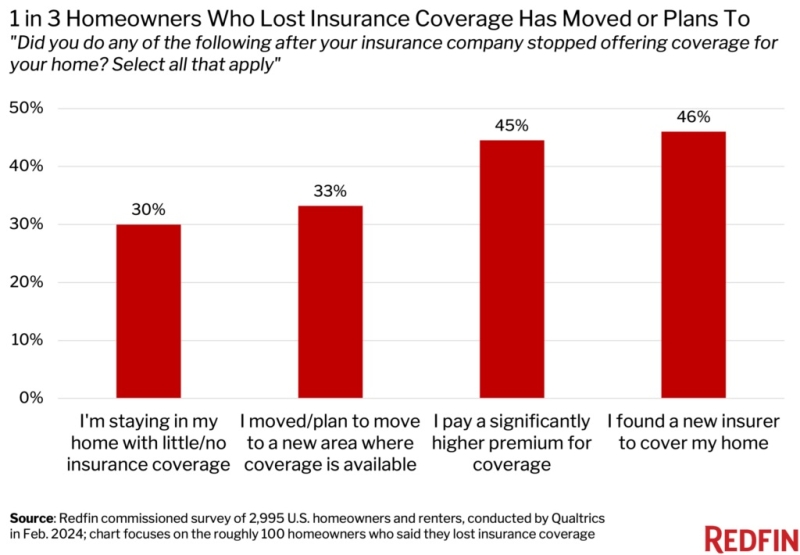STRATMOR: More Lenders Should Consider Home Equity Loans

'Tappable' home equity has grown by $3.4 trillion over the last three years.
Mortgage lenders looking to build stronger businesses should consider originating home equity loans and lines of credit, even if that means adding products that return lower revenues in the short term.
That’s the suggestion from Tom Finnegan, principal at STRATMOR Group, in an article in the company’s April Insights Report.
In his article, “Home Equity Lending — Opportunity, Necessity or Distraction?” Finnegan highlights the need for such products as a result of the unprecedented increases in mortgage rates that have left borrowers “frozen in place” with their existing, lower-rate mortgages.
Meanwhile, he notes, homeowner equity is growing fast, with estimates putting the growth in “tappable” home equity at $3.4 trillion over the last three years.
Despite the opportunity, Finnegan said, lenders have been slow to take advantage. Home equity lending grew by 53% between 2021 and 2022, but fell off in the first quarter of this year according to Curinos, a data-tracking firm for financial institutions.
Finnegan said STRATMOR research conducted with ICE Mortgage Technology indicates mortgage bankers believe, at least on the surface, that serving this need may be important to their overall strategy of building repeat customer business, but many institutions have not decided to proceed with offering a home equity product or to develop the capability to do so.
Traditionally, independent mortgage banks (IMBs) have not offered home equity loans or line of credit products, because their origination revenue model is not well suited to line of credit lending — in which financial institutions often offer loans with no closing costs and retain the loans in their asset portfolios.
While institutions may have reasons for not pursuing these products, Finnegan said, the potential benefits outweigh them.
"Refocusing on strategies which move beyond a purely transactional approach to the business and into developing customer for life advisory strategies will pay dividends for both LOs and for owners in building franchise value,” he said. “And this is a great time to evaluate the go-forward business strategies which will be important in all rate environments.”
In his article, Finnegan suggests eight steps lenders can use to get into the home equity game and start building the relationships that will lead to future loan business when loan volumes recover.
“In this difficult period for profitability, it can be tough to stick with any strategy that focuses on a longer term, customer-relationship-based approach,” Finnegan said. “But those who can continue to carve out a business strategy based on providing sound advice to customers can use the current environment to build a customer base that will almost certainly lead to increased market share in the future."





